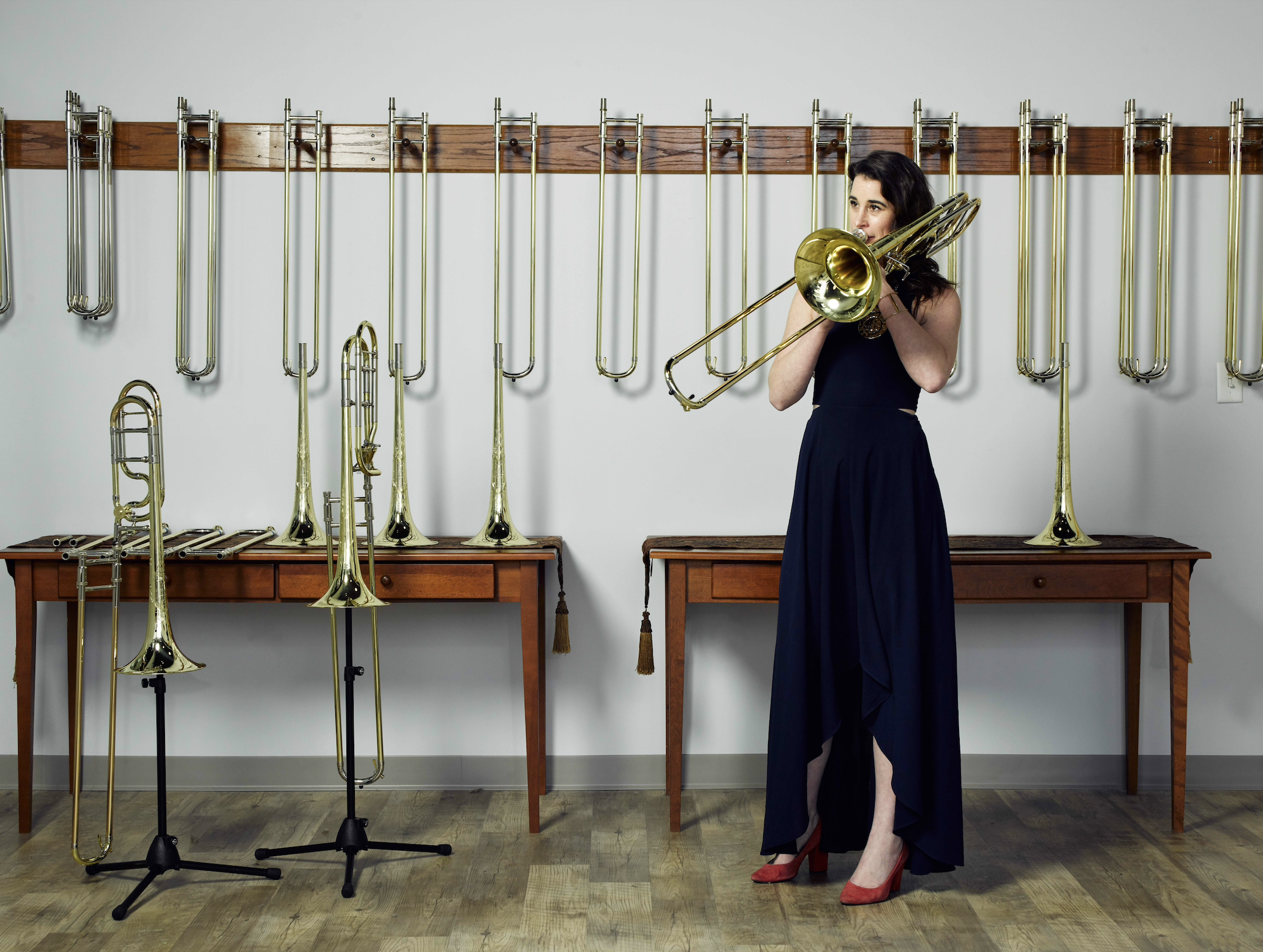Trombone Valves
Because an airtight valve is essential to quick response and centered feel in all registers—and many valve options on the market do not meet our pressure-test standards—S.E. Shires chooses to produce all of our valves in house. We thoroughly test for tight fit and perfect action at every stage of manufacture.
Axial-flow valve
The S.E. Shires axial-flow valve is constructed of nickel-plated brass in a brass casing. It has the most open feel and sound of any valve on the market today. Orchestral players, in particular, appreciate its broad sound, pronounced low and middle overtones, and superior blending characteristics.
Rotary valve
The S.E. Shires rotary valve is a superior version of the traditional rotary valve design, maintaining the size and shape of the tubing through the valve ports. Many players choose the S.E. Shires Rotary Valve for its secure feel and articulations, stable sound in all registers, and light, quick action.
Dual-bore valve
The S.E. Shires dual-bore valve is our own design. Focused and clear, it maintains a straight tenor sound in all registers. It has the shortest throw and quickest action of any S.E. Shires valve.
Tru-bore™ valve
The S.E. Shires Tru-Bore™ valve is our own design, a valve that captures many of the free-blowing, evenly responding characteristics of a straight trombone, with an amazingly continuous response between the open and engaged positions. It combines clear articulations with broad sound and feel.
Twin valve
Our newly-patented valve design utilizes two valves, which each simultaneously move counter to each other allowing air flow to bend 90 degrees instead of the traditional 120. This more gradual bending of the air allows the valve to feel incredibly open and stable while being able to achieve a depth of sound characteristic of larger valves. This valve features quick, light action and a short throw. The Shires Twin Valve is our latest endeavor in creating a state-of-the-art orchestral trombone.
Other options
Bass trombone double valve sets can be ordered with either independent (inline) or dependent (stacked) valve configuration:
Independent (inline): F and D valves are connected in parallel—each can be used independently. This is by far the most popular bass valve configuration.
Dependent (stacked): F and D valves are connected in series—D valve can only be accessed if the F valve is engaged. This allows the build of the valve section to include a tapered neckpipe. Some players prefer the sound and stability of this system, and its relatively efficient feel in the low register.
Straight Neckpipe: This neckpipe (no valve—also known as a gooseneck) is interchangeable with the valve section, and can be ordered to convert any orchestral (.525- or .547-inch bore) tenor or bass into a straight trombone. It eliminates the valve altogether for an open feel and brilliant sound, with quick response—a popular option for soloists, principals, and commercial players.






